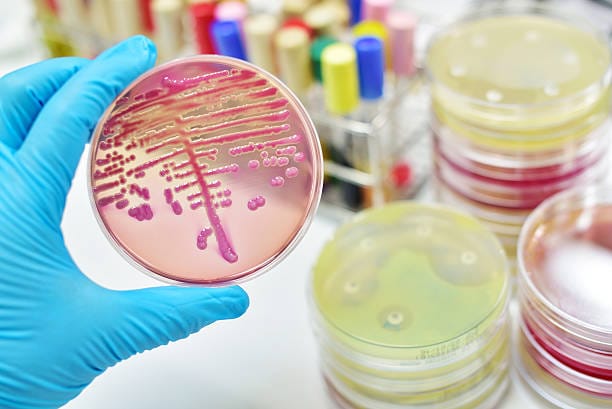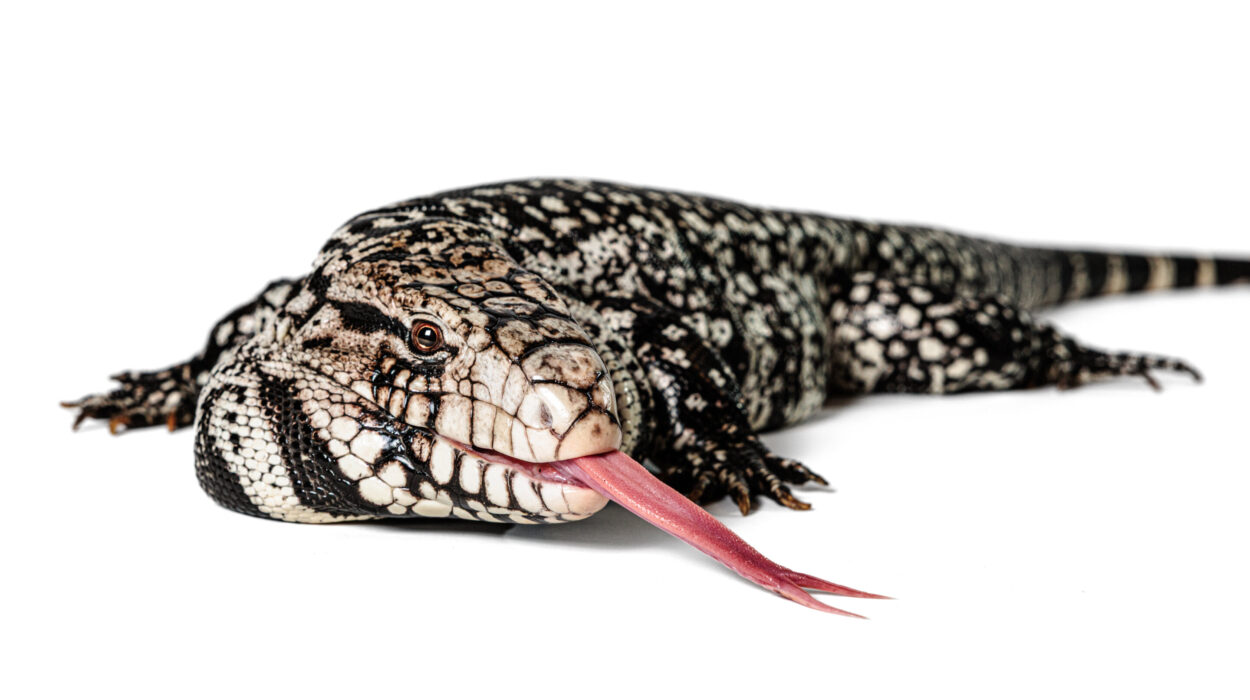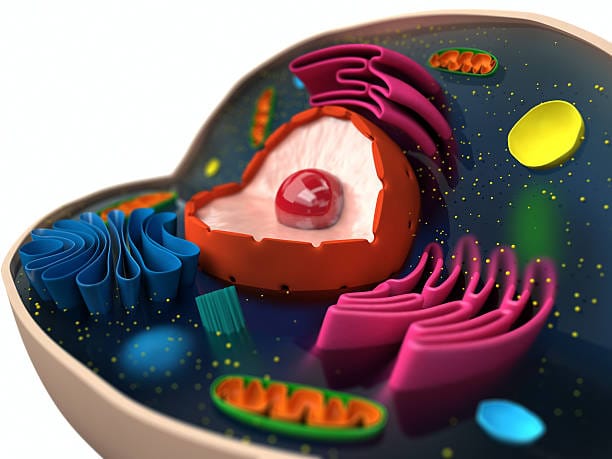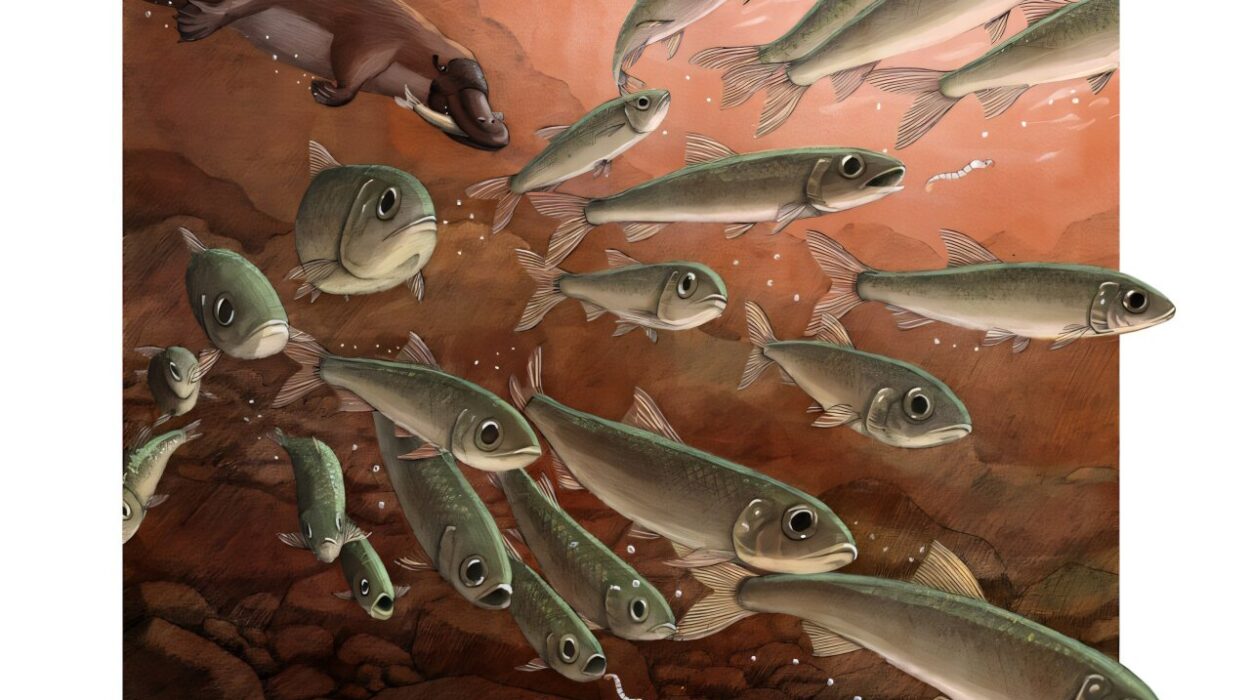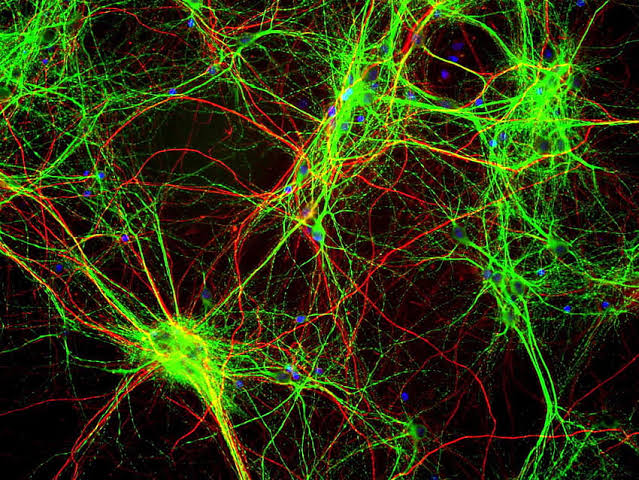We live in a world largely shaped by life we cannot see. Beneath our feet, on our skin, in the air we breathe, and the water we drink—bacteria form the foundation of ecosystems and the history of life itself. Yet when we imagine bacteria, we often picture chaos: trillions of invisible organisms floating individually through the world, multiplying with alien efficiency. But bacteria are not simply solitary wanderers. They are architects of complex structures. Among their most fascinating creations is something both humble and extraordinary: the bacterial colony.
A bacterial colony may appear as little more than a dot on a petri dish—round, pale, sometimes pigmented, sometimes textured. But behind this unassuming speck lies an unfolding drama of growth, cooperation, competition, communication, and survival. Understanding what a bacterial colony is and how it forms is not only central to microbiology—it is a window into the earliest forms of multicellular life, the evolution of cooperation, and the behavior of cells under pressure. In this quiet world of multiplying microbes, the ordinary becomes astonishing.
A Single Cell, the Spark of a Community
Every bacterial colony begins with a single cell or a small cluster of cells. When placed onto a nutrient-rich surface like agar in a petri dish, a lone bacterium, though microscopic and alone, holds within it the potential for exponential life. If the conditions are right—temperature, pH, moisture, and available nutrients—the cell begins to grow and divide.
This process, known as binary fission, is elegantly simple and breathtakingly powerful. A bacterial cell elongates, duplicates its DNA, and splits into two genetically identical daughter cells. Each of these cells repeats the process, producing four, then eight, then sixteen cells. In just a few hours, a single cell can give rise to millions. And yet, this isn’t mere uncontrolled expansion. As the population grows, the cells begin to sense each other’s presence. A shift occurs from individual survival to collective behavior. This is the birth of the colony.
At first, growth appears as a barely visible smudge on the agar surface. But as hours turn to days, the colony becomes more defined. It thickens, spreads outward, and takes on characteristics that are surprisingly consistent for a given bacterial species. Some colonies are smooth and glistening, others dry and wrinkled. Some emit a strong odor, others none at all. The shape, color, texture, and smell are not accidents—they are reflections of genetic expression, environmental response, and intricate coordination between cells.
Architecture in Microbial Form
To the naked eye, a bacterial colony might appear simple. But under a microscope, it reveals layers of structure and organization. The center of the colony often contains the oldest, most nutrient-deprived cells, tightly packed together. Toward the edges, newer cells proliferate rapidly, forming active zones of growth. These younger cells may extend outward, forming branching or concentric ring patterns depending on the species and conditions. Some colonies grow upwards as well as outwards, forming mounds, domes, or filamentous towers.
The colony is not uniform. Gradients develop across it—of oxygen, nutrients, waste products, and signaling molecules. These micro-environments shape the behavior and physiology of the cells that inhabit them. Cells in the colony core might enter a dormant or spore-forming state to survive harsh conditions, while those at the periphery remain metabolically active and exploratory. This differentiation, a hallmark of multicellular organisms, emerges spontaneously from a population of genetically identical bacteria—a testament to the power of context and communication in biology.
Some species, like Bacillus subtilis, form colonies that resemble fractals, with intricate, tree-like growth patterns that maximize surface area and resource access. Others, like Pseudomonas aeruginosa, produce slimy, mucoid colonies dominated by extracellular polymeric substances—secretions that help cells stick together and form protective biofilms. In every case, the colony is more than a mass of cells; it is a living structure built by cooperation and shaped by the laws of chemistry, physics, and evolution.
Quorum Sensing: The Colony’s Secret Language
One of the most astonishing aspects of bacterial colonies is their ability to communicate. Bacteria are not silent organisms; they speak in chemical tongues. Through a process known as quorum sensing, bacterial cells produce and release signaling molecules called autoinducers. As the colony grows and the concentration of these molecules increases, cells begin to detect them through specialized receptors.
Once a threshold—or quorum—is reached, the entire population can alter its behavior in unison. This might trigger the production of virulence factors, the initiation of biofilm formation, or the release of enzymes to break down nearby nutrients. In essence, quorum sensing allows bacteria to count themselves, assess their density, and coordinate group activities.
This behavior is not merely clever; it is essential. For pathogens like Vibrio cholerae or Staphylococcus aureus, launching an attack on a host too early—before numbers are sufficient—could be disastrous. Quorum sensing enables them to remain under the immune radar until their forces are large enough to overwhelm defenses. For non-pathogenic bacteria, quorum sensing guides colony expansion, resource sharing, and stress responses. It is a form of bacterial diplomacy, war strategy, and survival planning.
Life at the Edge: Nutrient Gradients and Survival Strategies
The environment inside a bacterial colony is anything but homogeneous. As cells consume nutrients and release waste, sharp gradients form. Oxygen may be abundant at the colony’s edge but completely absent at its center. Glucose and amino acids may be plentiful in some areas and depleted in others. These variations create zones of metabolic specialization.
Some cells, deprived of nutrients, may undergo programmed cell death—a self-sacrifice that frees up space and nutrients for their neighbors. Others form spores, encased in protective shells that can survive desiccation, heat, and radiation. Still others slow their metabolism and enter a dormant state, waiting patiently for better times.
These survival strategies are not haphazard. They reflect millions of years of evolution and a profound adaptability. A colony is not just a growth; it is a fortress, a garden, and a city—all at once. And like any city, it has zones of activity, quiet neighborhoods, defensive walls, and channels of communication.
The Biofilm Transition: From Colony to Community
Not all bacterial colonies remain as discrete spots on a dish. In nature, bacteria often take their colonial lifestyle further, forming biofilms—complex, multicellular communities that adhere to surfaces and are embedded in a self-produced matrix of sugars, proteins, and DNA.
The transition from a free-living bacterial colony to a biofilm is a critical evolutionary step. It offers protection from antibiotics, desiccation, and the immune system. In the human body, biofilms are responsible for many chronic infections, including those on catheters, artificial joints, and lung tissue in cystic fibrosis patients.
Within a biofilm, cells differentiate even further. Some produce the matrix, others specialize in nutrient acquisition, and some form channels to circulate fluids and molecules. This division of labor blurs the line between single-celled and multicellular life. Indeed, some scientists argue that bacterial colonies and biofilms represent early models for the evolution of multicellularity—experiments in cooperation that eventually led to more complex organisms.
Colonies in the Laboratory: Tools for Science and Medicine
In the laboratory, bacterial colonies are essential tools. Microbiologists use them to isolate, identify, and study bacteria. By streaking a sample across an agar plate, scientists can separate individual bacterial species, allowing single colonies to form. The appearance of these colonies—size, color, texture, edge shape, and smell—helps identify the species involved.
Moreover, bacterial colonies are used to test antibiotic sensitivity. By placing small discs soaked in antibiotics on an agar plate, researchers can observe how the colony’s growth is affected. Zones of inhibition—clear areas where bacteria fail to grow—indicate effectiveness. This method, developed over a century ago, remains central to diagnosing infections and selecting treatments.
Colonies also serve as factories. Engineered strains of Escherichia coli or Streptomyces produce everything from insulin to antibiotics to industrial enzymes. These bacteria are often grown in colonies first, before being scaled up in bioreactors. In biotechnology, the colony is where production begins.
Colonies in Nature: Builders, Balancers, and Breakers
Beyond the lab, bacterial colonies shape the natural world. In soil, colonies of nitrogen-fixing bacteria like Rhizobium live in root nodules of legumes, converting atmospheric nitrogen into forms plants can use. In oceans, cyanobacterial colonies form vast blooms that generate oxygen and support food webs.
On our skin and in our guts, bacterial colonies form the microbiome—a dynamic, interdependent network that aids digestion, trains the immune system, and protects against pathogens. These colonies are not invaders; they are partners in human life. Disrupting them can lead to disease, inflammation, and imbalance.
But not all bacterial colonies are benign. Some, like those of Yersinia pestis, the bacterium behind the Black Death, can devastate populations. Others, like Mycobacterium tuberculosis, form granulomas—colony-like clusters that hide the bacteria from immune attack while slowly eroding lung tissue.
Understanding how colonies form and function helps us prevent disease, heal the environment, and harness microbes for good.
Evolutionary Echoes: Colonies as Preludes to Complexity
Why do bacteria form colonies? The answers lie not just in survival, but in evolutionary history. Colonies offer protection, efficiency, and communication—but they also provide a canvas for complexity to evolve.
Inside a colony, cells begin to specialize. They communicate, coordinate, and compete. Genetic mutations can spread or be contained. Cooperative behavior can be tested and refined. Over time, this provides a platform for selection not just of individual cells, but of cooperative groups.
Many scientists believe that the first steps toward multicellular life began with microbial colonies. Cyanobacteria, which formed stromatolites over 3 billion years ago, lived in colonies. Fossilized mats of bacterial growth show that communal living has deep roots. In these early structures, division of labor and spatial organization began to emerge.
Even today, some bacteria show signs of primitive multicellularity. Myxococcus xanthus, for instance, forms fruiting bodies—complex structures where some cells become spores while others die to support the colony. In these moments, bacterial colonies hint at the deep evolutionary transition from many individuals to one organism.
The Unseen Kingdom
To understand bacterial colonies is to glimpse a world that operates beneath the threshold of human sight, yet shapes everything we know. From a single invisible cell to a thriving, organized community, the journey of a bacterial colony is a story of transformation, resilience, and ingenuity.
These colonies are not just curiosities of microbiology. They are models of cooperation, engines of evolution, and agents of change. They reveal how life, even in its simplest forms, seeks order, communication, and continuity.
In every dot on a petri dish lies the echo of ancient oceans, the pulse of soil ecosystems, the promise of biotechnology, and the challenge of disease. The bacterial colony is a paradox: vast yet minute, simple yet complex, alien yet intimately part of us.
And so, in the dance of replication and resistance, of growth and adaptation, the bacterial colony reminds us that even the smallest lives carry epic stories.
